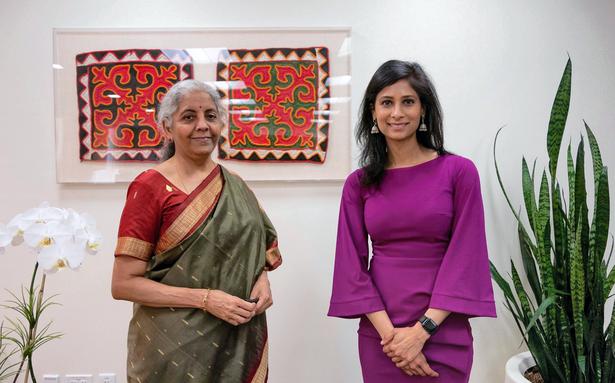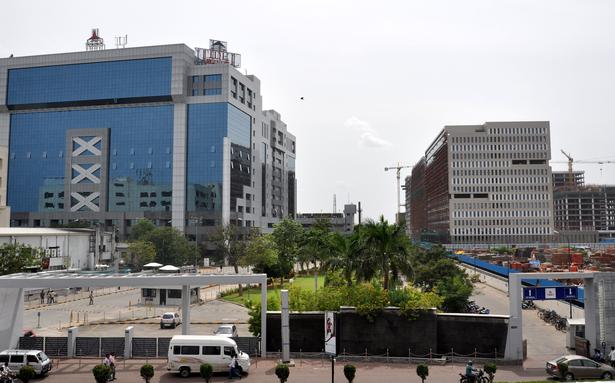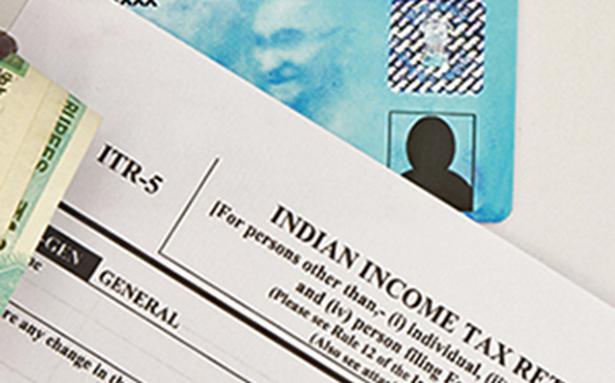India has reached over 20 countries in wheat exports and is aiming for a record 15 million tons of wheat exports this year.
India has reached over 20 countries in wheat exports and is aiming for a record 15 million tons of wheat exports this year.
World Trade Organization (WTO) Director-General Ngozi Okonjo-Iweala is looking into resolving WTO rules that make it difficult for India to export grain to cover shortages in other countries caused by the Russia-Ukraine war, according to Finance Minister Nirmala Sitharaman . Difficulties, the minister said, included WTO rules on food exports by a country that had also sourced food on the basis of a minimum support price.
“Countries like India that can probably deliver [food grains] are having difficulties with the WTO,” Ms. Sitharaman told reporters on Friday, April 22, 2022, the last full day of her visit to Washington DC for the World Bank/International Monetary Fund (IMF) Spring Meetings.
At Thursday’s IMF plenary session, Ms Okonjo-Iweala said the WTO was looking into it [ food export issues] positive,” said the finance minister, who expressed optimism that the problem could be resolved.
“So these are opportunities we are carving out of a challenging situation,” she said, noting that the war has not only brought challenges to India, such as coping with the global surge in commodity prices, but also opportunities. Among the possibilities she listed were the export of edible grains – like wheat – and the possibility of finished goods being exported to destinations for which supplies had become unreliable.
India has reached more than twenty countries in export of wheat and is targeting a record 15 million tons of wheat for export this year as in a Bloomberg Report. India is expected to be in surplus this year, producing more than 111 million tons of the crop.
The country’s export of food grains to address global market shortages was also discussed during Foreign Minister S. Jaishankar’s meeting in Washington last week. Mr. Jaishankar was in town for the India-US “2+2” foreign and defense ministerial dialogue and bilateral meetings with US officials.
“India is obviously trying to find markets for its product. Two, [it is trying to] be a meaningful help so that where there is hunger there is grain and nothing should prevent them from going there,” Ms. Sitharaman said on Friday.
India has been criticized in the US and several other countries for not stepping up action against Russia and for not directly condemning its aggression against Ukraine. The US has also been pressuring India not to increase its purchases of Russian oil at this time. Moscow has been offering and selling oil to New Delhi at a discounted rate for the past few weeks. However, a very small proportion (1%-4% according to estimates by Indian and US officials) of India’s energy imports come from Russia. The US has offered to help India replace Russian oil with oil from other countries.
“US understands India’s position on Russia”
When asked about the interplay of India’s significant defense relationship with Russia and its growing and significant trade relationship with the US, Ms. Sitharaman referred to India’s geography in her decision not to name Russia for the invasion of Ukraine. She said there was an understanding in Washington of the geopolitical realities of India and “that recognition”. [ by the U.S.] that there is a friend [in India] but the geographic location of the friend must be understood and a friend must not be weakened for any reason”.
“It’s not that India has a choice to change its location,” Ms. Sitharaman said, describing various challenges India has faced along its northern and western borders – a reference to China and Pakistan
“India definitely wants to be a friend. But if the US also wants a friend … the friend should not be weakened,” she said.
“So we make decisions, we take calls, we take a calibrated position because given the geography, we have to be strong.”
Citing developments such as the “2+2” meetings between India and the US, last week’s virtual meeting of the Biden-Modi summit and India’s deliberations on the soon-to-be-announced Indo-Pacific Economic Framework (IPEF). for the Biden administration’s economic cooperation for the Indo-Pacific, Ms Sitharaman said she sees “more and more opportunities opening up” rather than the US keeping India at bay because of India’s “calibrated” stance on Russia.




